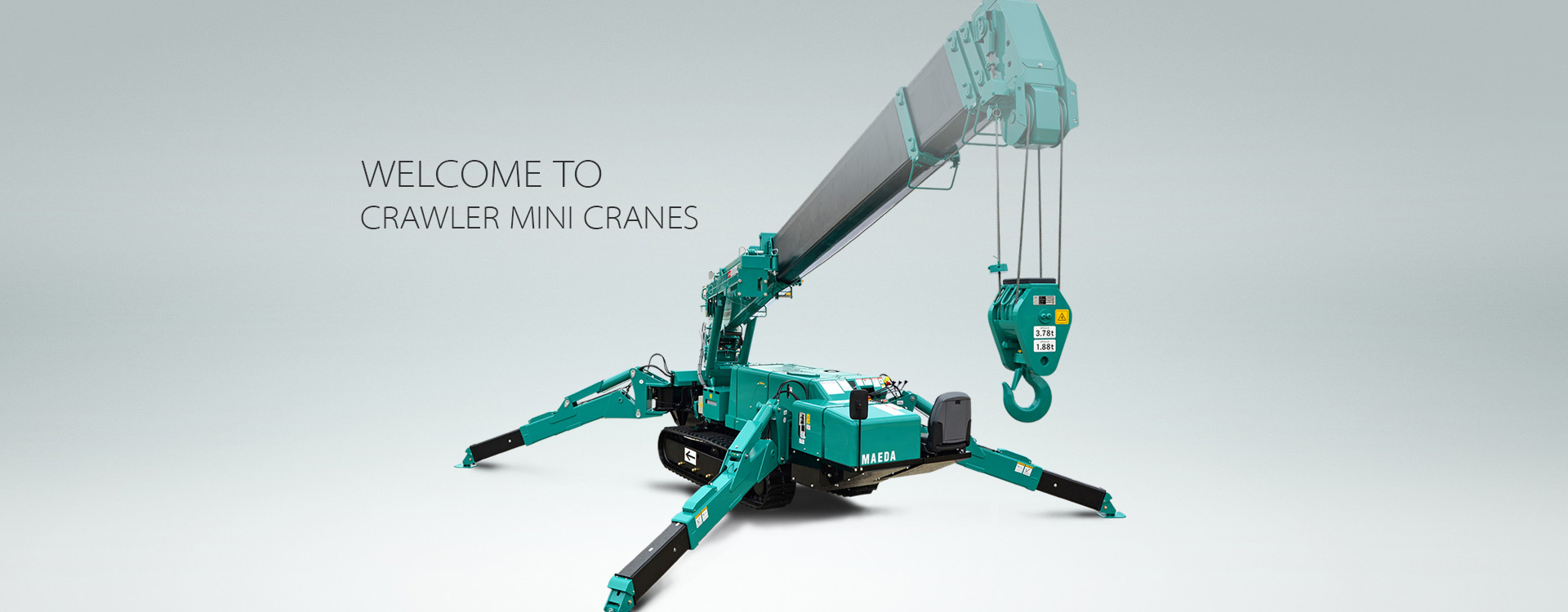Guide to Manual Tensile Testing Equipment and Techniques for Accurate Results
Understanding Manual Tensile Testers A Comprehensive Overview
In materials science and engineering, understanding the mechanical properties of materials is crucial for various applications, including construction, manufacturing, and product design. One essential tool used in this field is the manual tensile tester, which serves as a fundamental instrument for assessing the tensile strength, elongation, and overall ductility of materials. This article provides a comprehensive overview of manual tensile testers, explaining their significance, operation, and applications.
What is a Manual Tensile Tester?
A manual tensile tester is a device used to measure the tensile properties of materials by applying a uniaxial load until the material deforms or fractures. Unlike automated systems, which use computer control and data acquisition, manual tensile testers require the operator to set up the test, apply the load, and monitor the results by hand. These testers are often used in laboratories and educational settings for material evaluation, quality assurance, and research purposes.
Components of a Manual Tensile Tester
Typically, a manual tensile tester comprises several key components a loading frame, a grip mechanism, a load cell, and a measuring device. The loading frame is constructed to withstand the applied forces while providing stability during the test. The grip mechanism holds the material specimen firmly in place, preventing slippage as the load is applied. The load cell is responsible for measuring the force exerted on the specimen, and it converts this mechanical force into an electrical signal that can be recorded and analyzed. Finally, a measuring device, such as a dial or gauge, displays the load and elongation of the material.
Operating a Manual Tensile Tester
manual tensile tester

Operating a manual tensile tester involves several steps. First, the operator prepares the specimen, which is typically cut to standardized dimensions for consistency. Once the specimen is ready, it is clamped securely in the grips. The operator then manually applies tension to the specimen by turning a crank or lever, slowly increasing the load until the material reaches its yield point or breaks.
During the test, the operator observes the readings from the load cell and the elongation measuring device, recording the data at various intervals. This manual monitoring allows for immediate adjustments and observations, fostering an understanding of the material's behavior under stress.
Applications of Manual Tensile Testers
Manual tensile testers are widely used across various industries. In the construction sector, they help evaluate the strength of materials like steel and concrete, ensuring structural integrity in buildings and bridges. In manufacturing, they are vital for quality control, allowing companies to test raw materials and finished products for compliance with industry standards.
Moreover, educational institutions utilize manual tensile testers in laboratories to teach students fundamental concepts in materials science and engineering. By engaging in hands-on experiments, students gain practical experience and a deeper understanding of material properties and testing methodologies.
Conclusion
In conclusion, manual tensile testers play an essential role in the evaluation of material properties, providing critical data that informs design and manufacturing processes. Despite the rise of automated testing systems, manual tensile testers remain relevant due to their educational value and the hands-on experience they offer. Understanding how to operate and interpret results from these devices is fundamental for engineers and technicians in various fields, highlighting the importance of continued education and application of traditional testing methodologies in a continually evolving technological landscape.
-
Why the Conductor Resistance Constant Temperature Measurement Machine Redefines Precision
NewsJun.20,2025
-
Reliable Testing Starts Here: Why the High Insulation Resistance Measuring Instrument Is a Must-Have
NewsJun.20,2025
-
Flexible Cable Flexing Test Equipment: The Precision Standard for Cable Durability and Performance Testing
NewsJun.20,2025
-
Digital Measurement Projector: Precision Visualization for Modern Manufacturing
NewsJun.20,2025
-
Computer Control Electronic Tensile Tester: Precision and Power for the Modern Metal Industry
NewsJun.20,2025
-
Cable Spark Tester: Your Ultimate Insulation Assurance for Wire and Cable Testing
NewsJun.20,2025
 Copyright © 2025 Hebei Fangyuan Instrument & Equipment Co.,Ltd. All Rights Reserved. Sitemap | Privacy Policy
Copyright © 2025 Hebei Fangyuan Instrument & Equipment Co.,Ltd. All Rights Reserved. Sitemap | Privacy Policy
